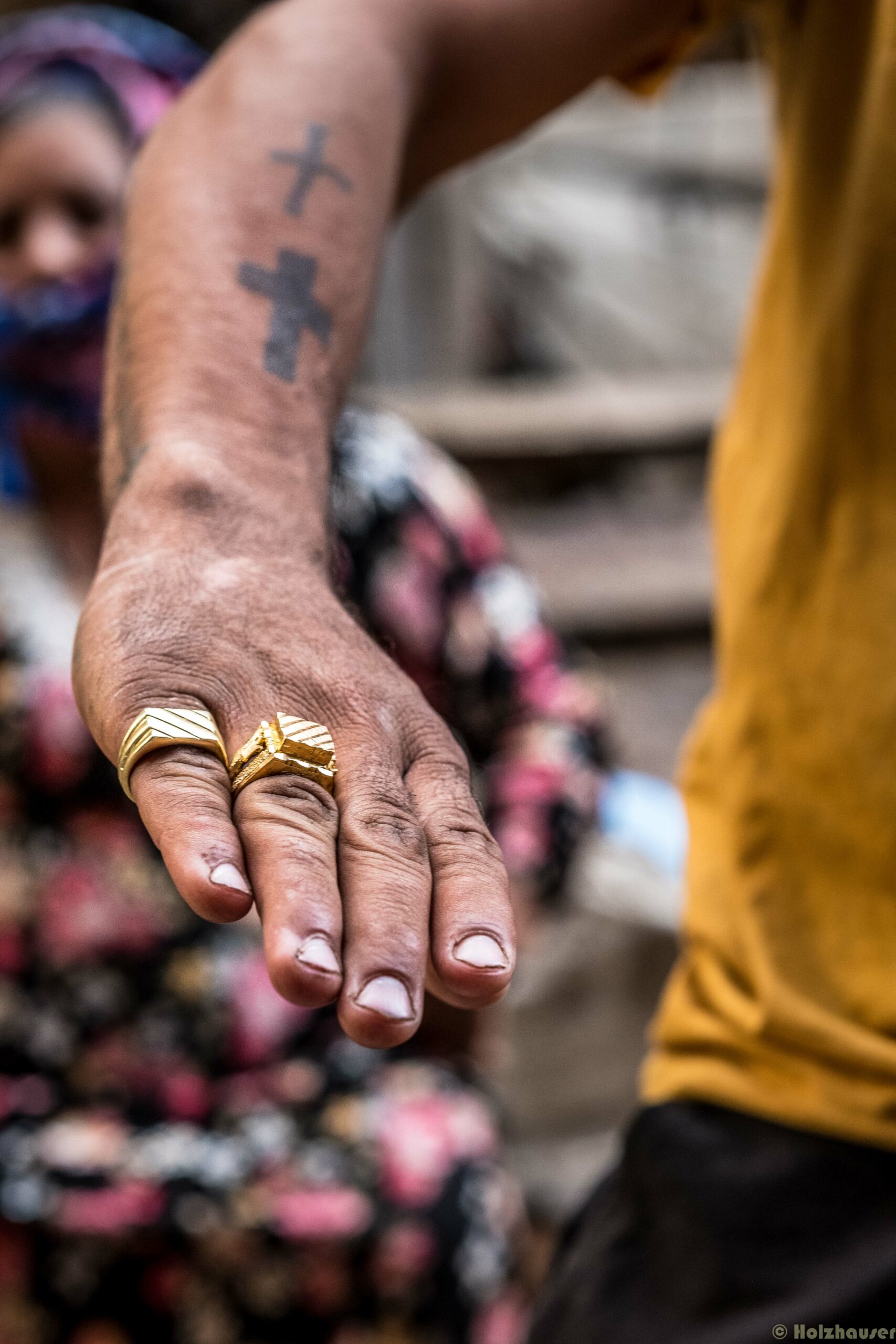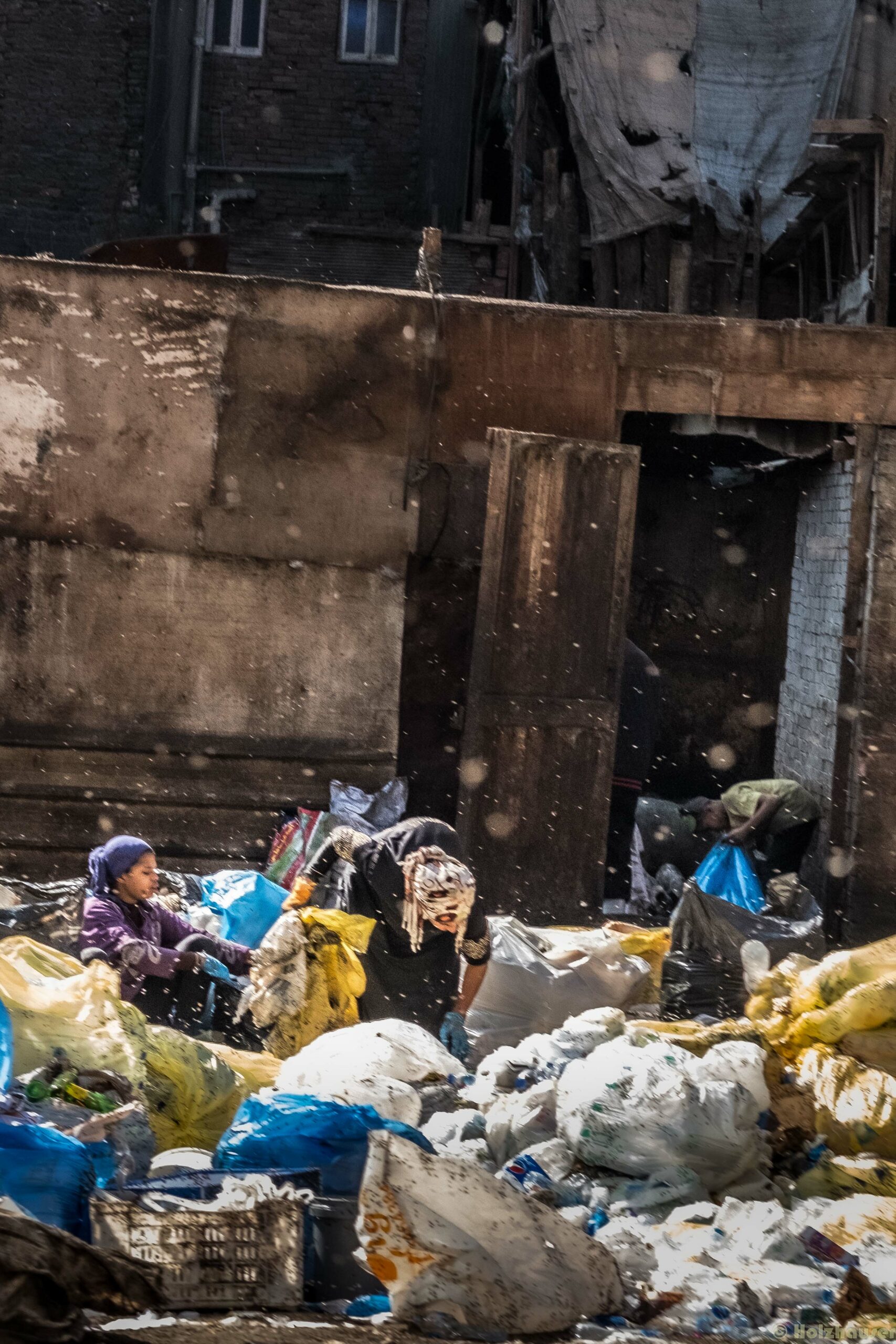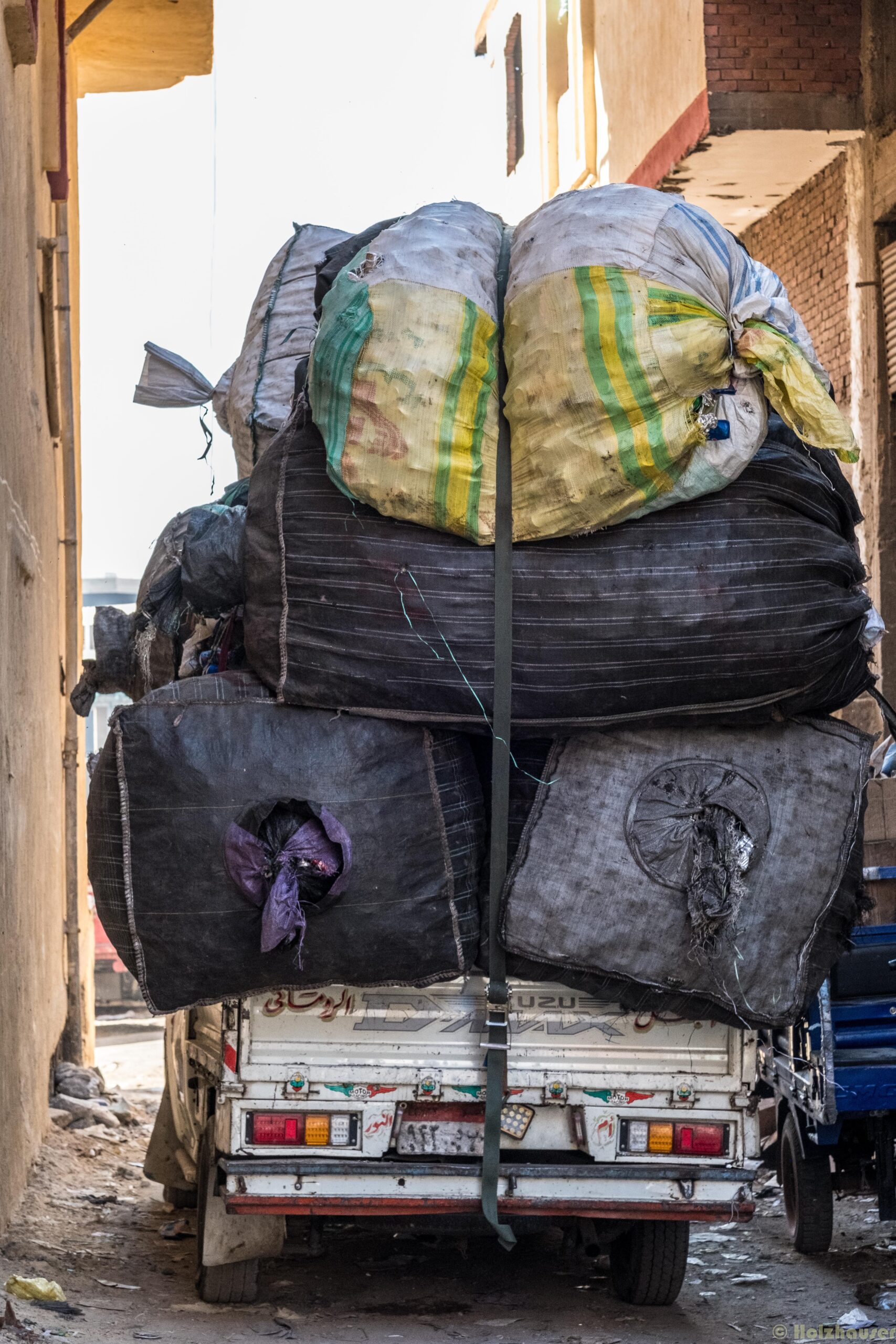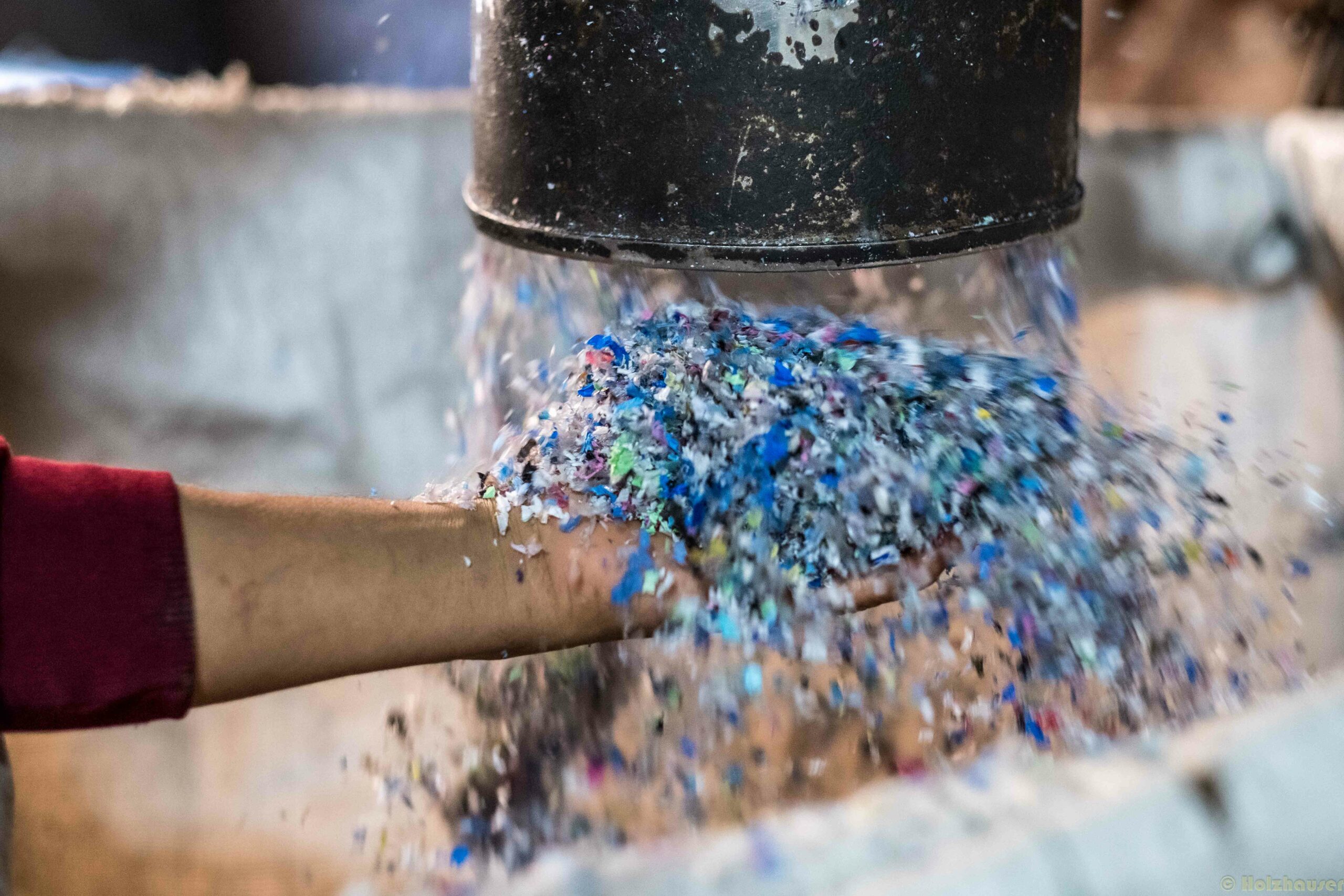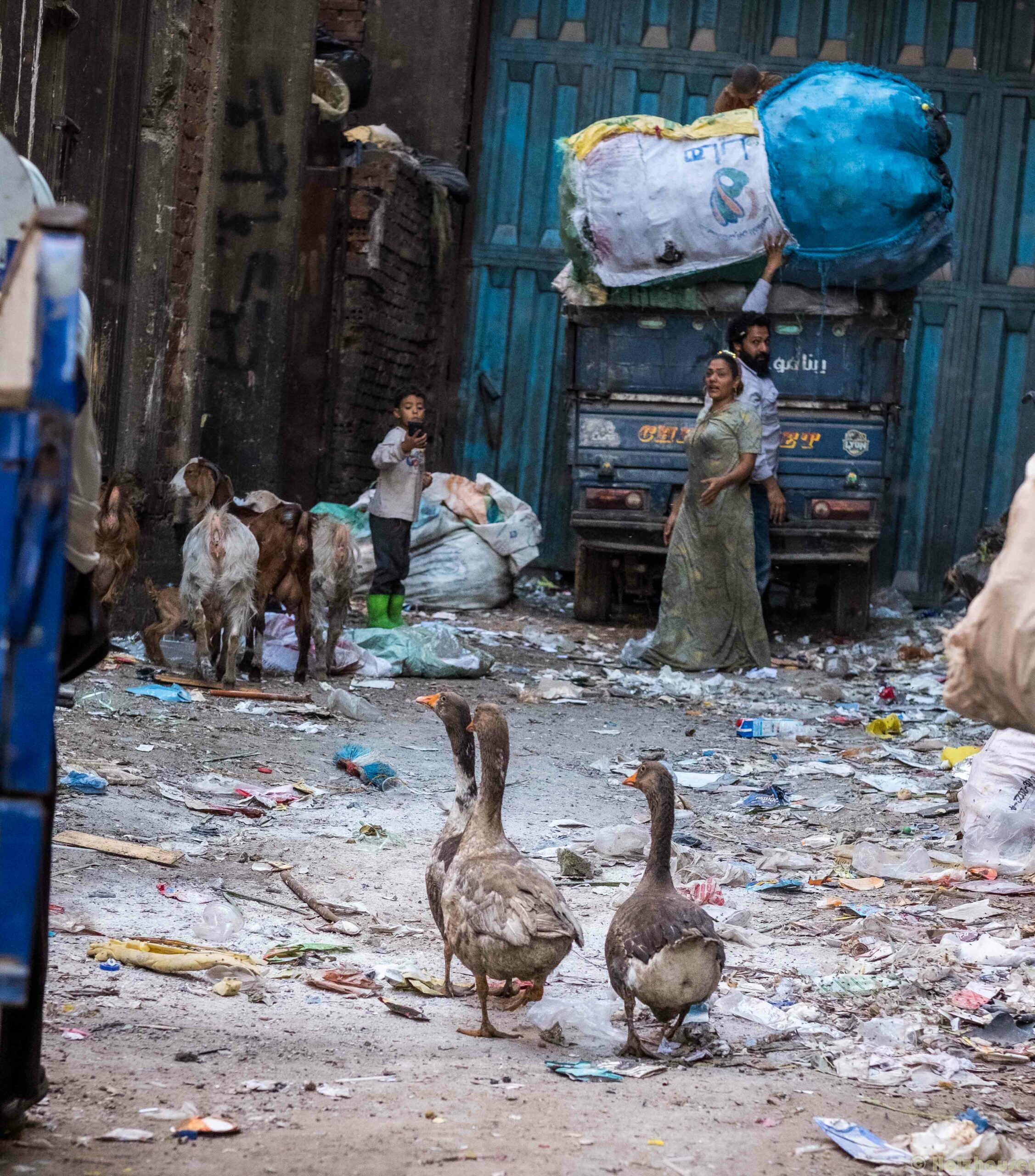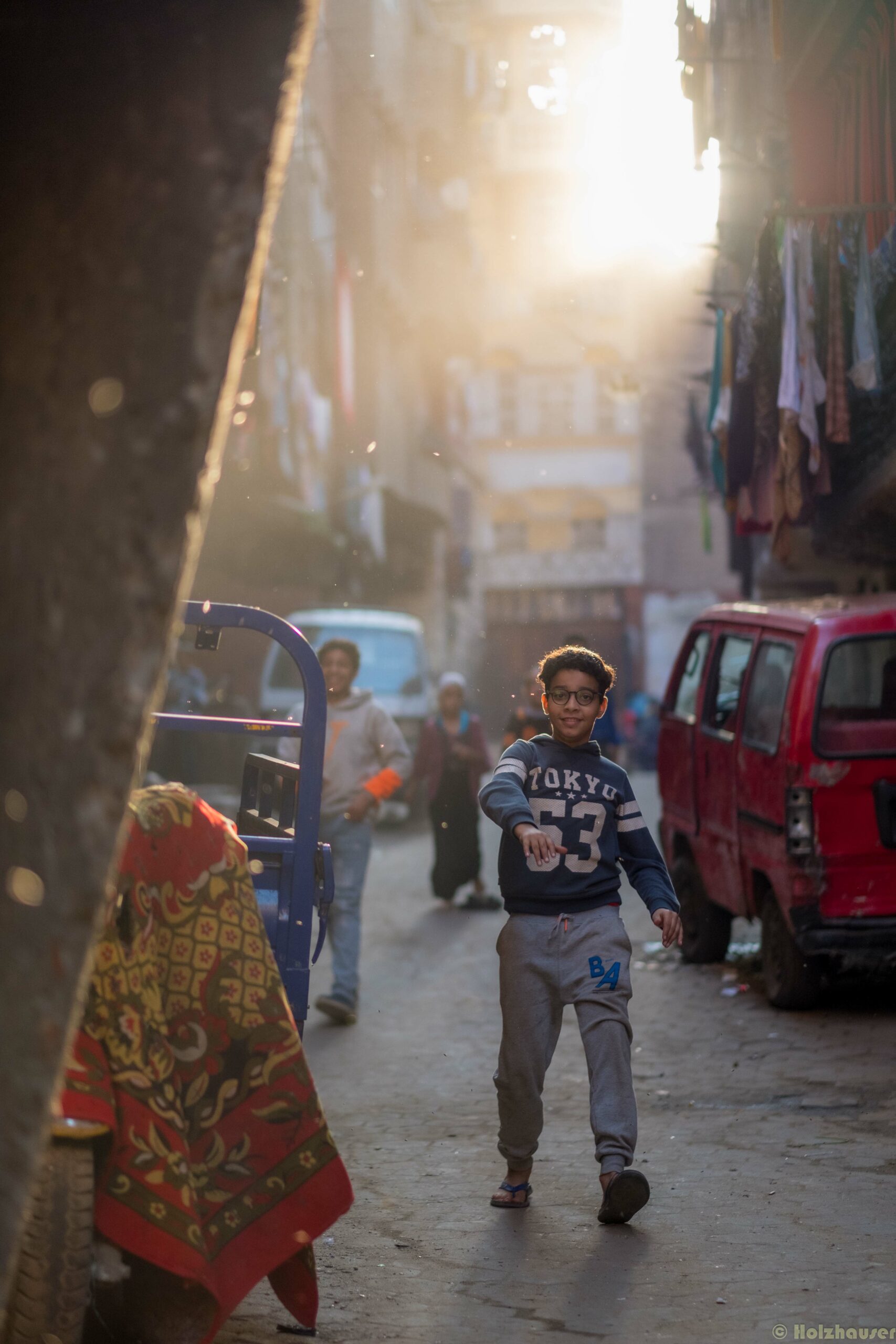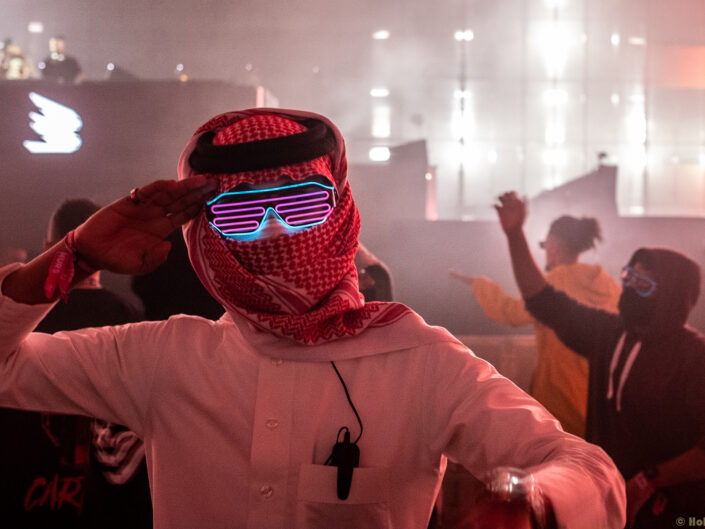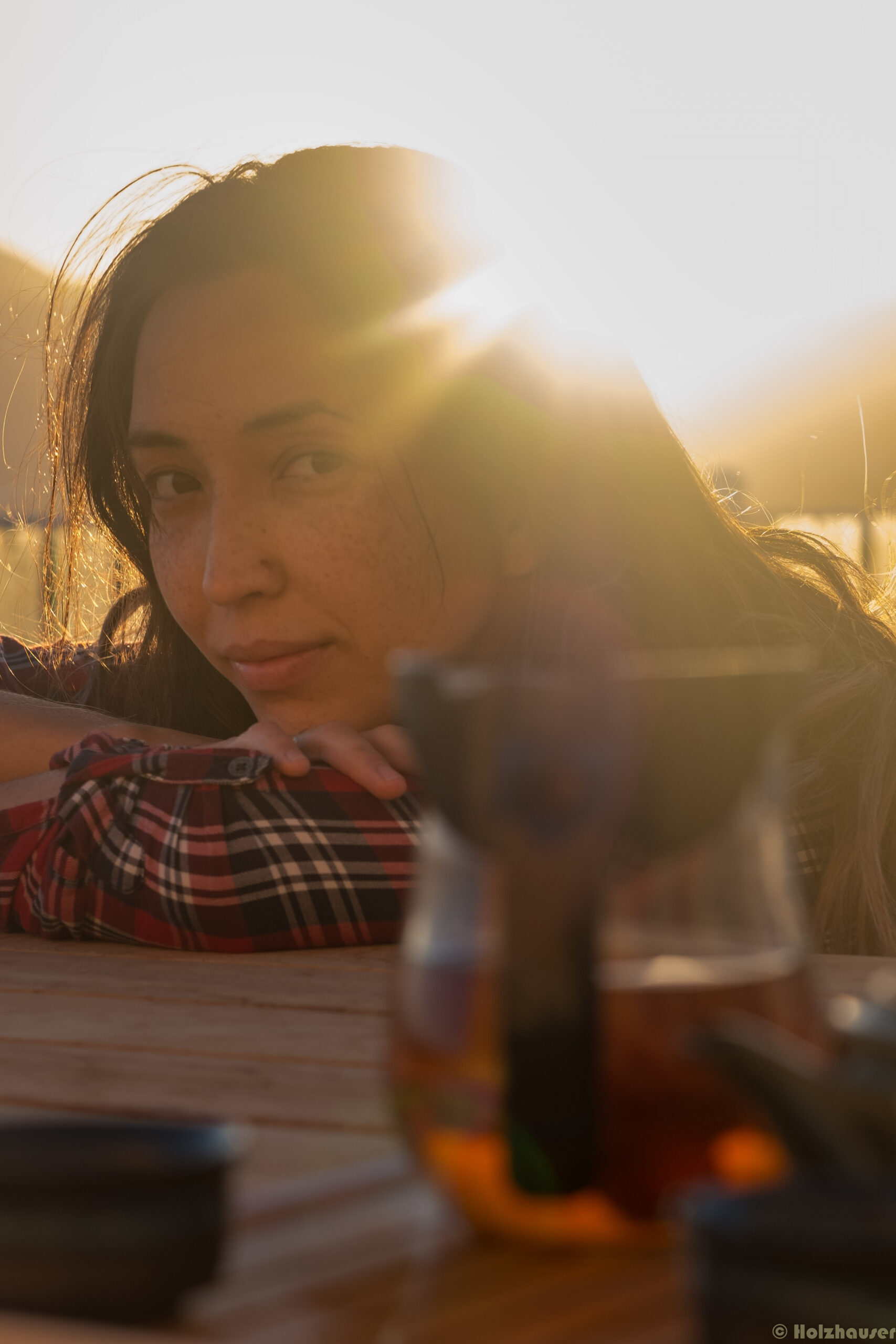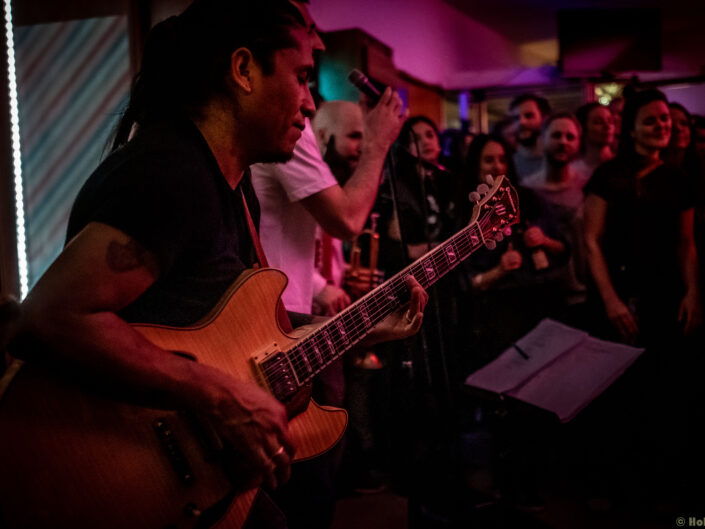Christian Garbage Miners of Cairo
Intro
As a photographer and as an optimist I love capturing the beauty that I see in this world. For a long time, I was focusing on highlighting the positive that I feel in the people I meet and photograph. I still do this, but want to reach more depth.
It is wonderful to show authentic happiness, but it’s equally wonderful to go beyond. I want to show everything that defines a person, that makes us who we are.
Manshiyat Naser, often known as Garbage city is a Coptic Christian slum in Cairo where the Zabbaleen’s recycle Cairo’s garbage. When I arrived there I didn’t know what atmosphere to expect. I was surprised by the high energy I felt. It is such an intense place in all regards. It’s a residential and an industrial area at the same time. People live in the first floor and sort through the garbage below and above. Constantly the waste is transferred around during the recycling “process”. From house to house, as well as from ground to roof and anywhere in between. In the houses you often find heavy machines that crush or separate garbage. In between are families, chasing kids, street vendors and workers. The smell is strong, flies are everywhere.
I was impressed how positive and proud people were, despite living and working in these harsh conditions. They were laughing and making jokes. Travelling showed me that people can be happy anywhere as long as the most basic needs are covered. We have the ability to see the positive, to make the best out of a situation despite the circumstances.
I could have shown this impressive human positivity. But this time that wasn’t enough for me. I wanted to show the full picture of Garbage City. Yes, the Zabbaleans make the best out of their situation. And yet, behind many smiles the eyes seem tired. They show heaviness and sometimes sadness.
Three Realities
I wanted to show the intensity of the place.
The happiness and the heaviness of the people who live and work there.
A typical scene in Garbage city is an open ground floor of a building full of garbage bags where people sort it and then transfer it further. In the photo on the left, we see a group of four Sudanese workers. The person closest to the camera and me is in sharp focus. His head hangs forward, as if weighed down by the burdens of his life.
He looks up at me with a tired and blank expression. His friend, behind him, however, has a winning, open and warm smile. His stance is energetic, ready to tackle whatever life throws at him. In the back, standing high on the garbage pile are two more friends who seem more experienced and at ease. Relaxed they watch our encounter and seem well arranged with their situation. We see three realities, they are fundamentally different and yet perfectly true and in tune.
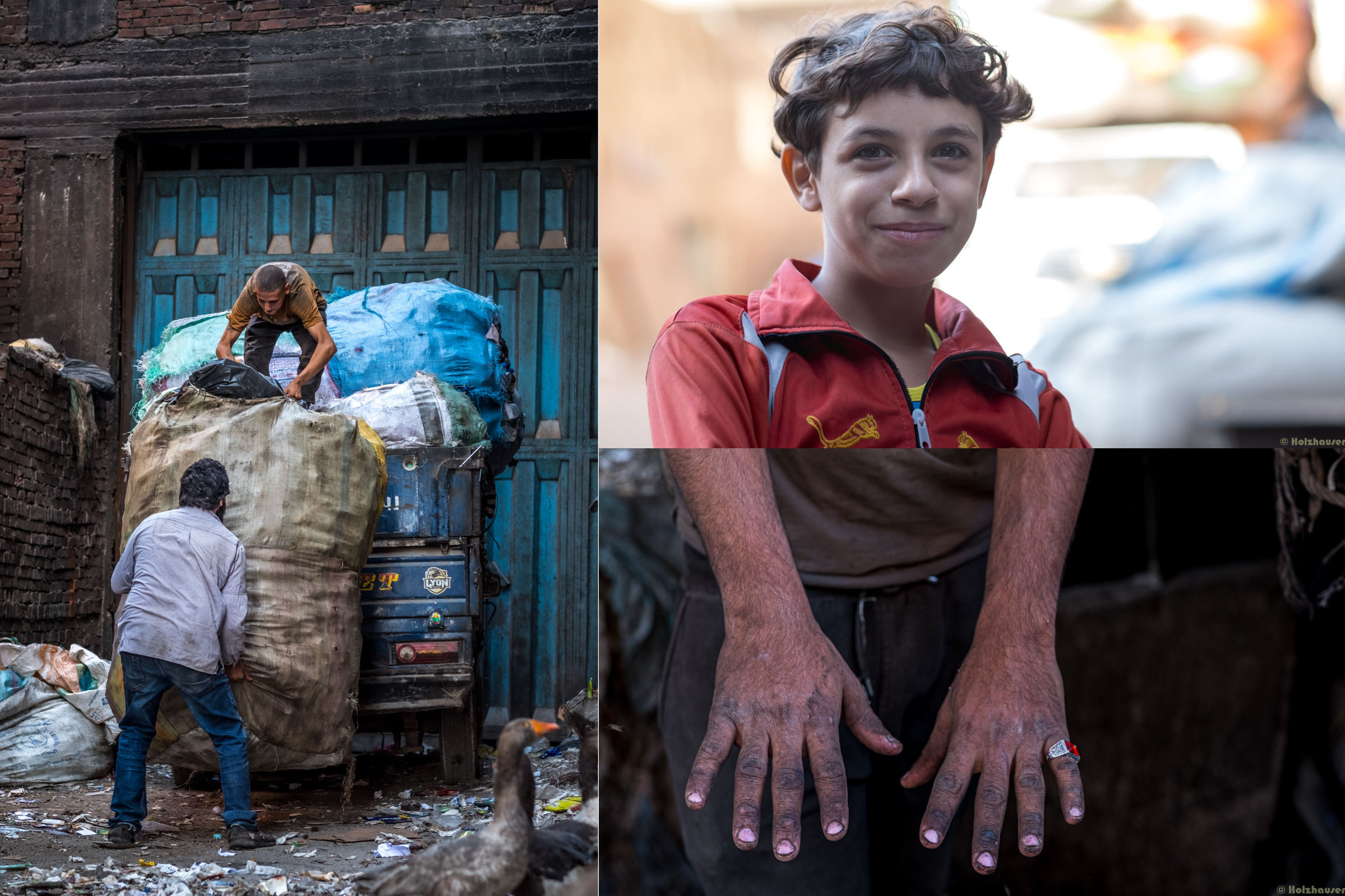
In the small photo above, we see a father passing a heavy garbage bag to his son, who receives it standing high on a pick-up truck. It’s a simple act, yet it speaks volumes about the lives of families in this neighborhood. Here, the path of many kids is predestined. Putting hardened hands and strong arms of a worker under the portrait of a playful, innocent and fragile boy emphasizes such predestined paths. Moreover, it shows the contrast of light happiness under heavy and harsh conditions.
